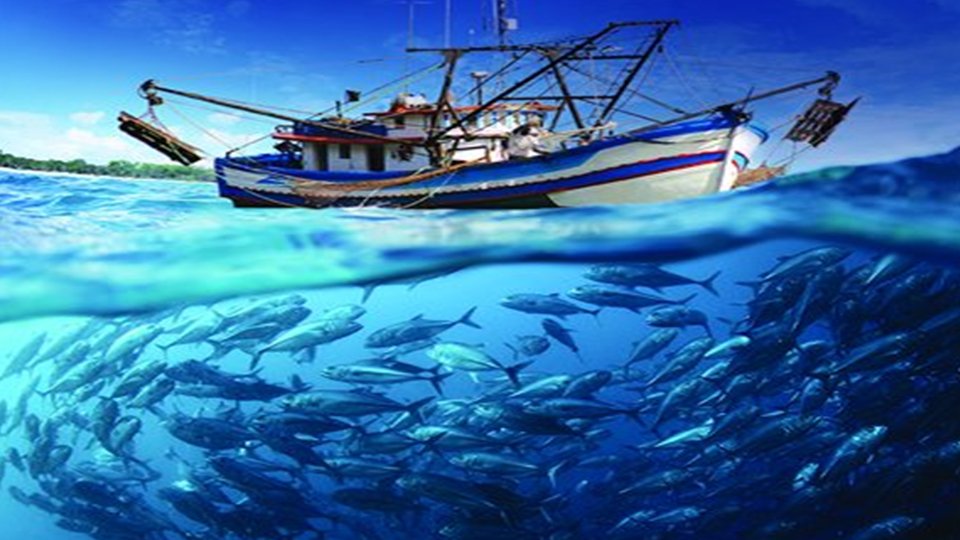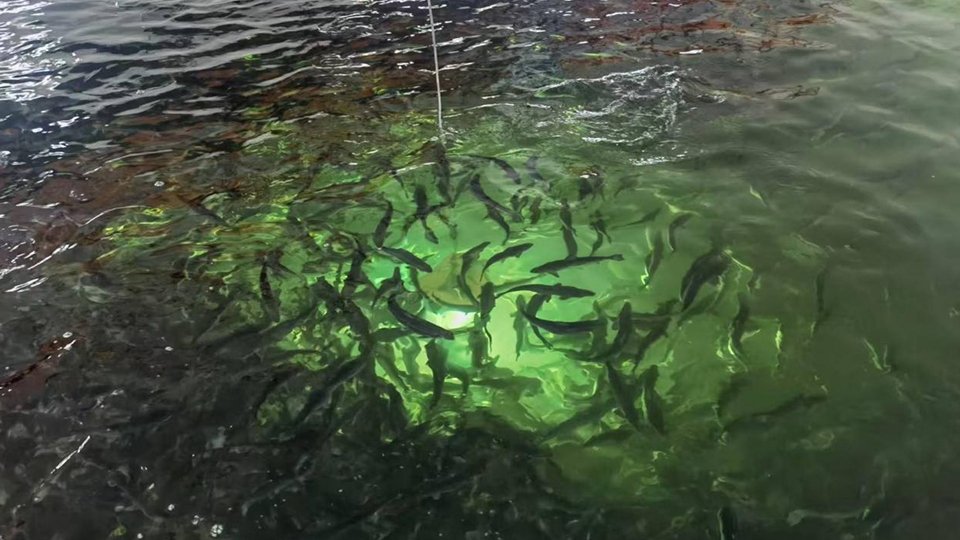Cage Aquaculture's War on Feed Waste
In the vast ocean, cage aquaculture is like a "granary on the sea", carrying the human desire for high-quality protein. However, under this seemingly calm water, a "food defense war" is quietly starting - feed waste, this seemingly insignificant problem, is like an invisible blade, piercing the hearts of farmers and threatening the balance of marine ecology.
1. Feed Waste: the "Invisible Killer" of Cage Aquaculture
Feed waste, in simple terms, is the feed that is not eaten by fish, falling from the cage, accumulating on the seabed, forming a thick "feed blanket". This problem is particularly serious in seawater cage aquaculture. Imagine that when the water flow is not enough to disperse these wasted feeds, they are like garbage, piling up on the seabed, not only wasting precious resources, but also may cause local water quality deterioration and affect the growth environment of fish.
There are many reasons for feed waste, from improper feeding strategies to inaccurate biomass estimates to low feed conversion rates. Environmental factors, such as low dissolved oxygen, high temperatures, and the feeding behavior of specific species, can make the problem of feed waste even worse.
2. European Wisdom: a Symphony of Technology and Ecology
In Europe, especially Norway, Mowi ASA, the world's largest salmon producer, is using the power of technology to write a chapter of feed conservation. The underwater cameras and artificial intelligence-driven feeding systems they use are like a pair of "smart eyes" that monitor the consumption of pellet feed in real time. Once the fish appetite decreases, the system will automatically adjust the feeding amount to avoid overfeeding. This precise feeding method not only improves feed conversion rates, but also greatly reduces waste.
The projects supported by the EU's "Horizon 2020" program go a step further and combine fish farming with filter-feeding species (such as mussels and sea cucumbers) to form an integrated multi-trophic aquaculture (IMTA) model. In this system, the waste nutrients produced by fish are fully utilized by filter-feeding species, forming a closed loop of nutrient circulation. This model not only improves nutrient circulation, but also enhances biodiversity and opens up new sources of income for farmers.

3. Exploration of South America: The Collision of Tradition and Modernity
In Chile in South America, as the world's second largest salmon producer, many farms still rely on visual observation and manual control to adjust feeding. Although this method has a low technical threshold, it is flexible and practical in remote areas. However, its disadvantages of low accuracy and high probability of feed waste are also obvious.
However, some farms in Chile have begun to try new technologies. For example, the farms operated by AquaChile use acoustic sensors to detect uneaten feed falling from the cages. These sensors are like "ears", monitoring the sound of feed waste in real time and feeding the information back to the feeding system for precise adjustment. Although this method is expensive and less efficient in strong current or noisy environments, it undoubtedly provides new ideas for feed conservation.
4. The Power of Academia: Revealing the Mystery of Feed Waste
In academia, research on feed waste is also deepening. Tacon and Metian's research reveals the important role of feed formulation in reducing waste. They found that high-quality, slow-sinking pellets optimized for species-specific digestibility can minimize uneaten feed. Research from the Norwegian Institute of Marine Research shows that understanding the feeding rhythms and behaviors of specific species can optimize feeding plans and further reduce waste.
In addition, environmental modeling techniques also provide predictive models for the deposition of feed residues. These models can help farmers more scientifically consider the impact of feed residues on the environment when selecting sites and positioning cages.

5. Achievable in Five years: Smart, Circular and Sustainable
In the future, the solution to the problem of feed waste will rely more on the integration of artificial intelligence and big data. Fully automatic feeding systems will be able to analyze feeding behavior, environmental conditions and fish health in real time, automatically adjust feeding amounts, and achieve maximum feed savings. The rise of the circular economy model will transform feed residues into inputs for other production systems, forming a zero-waste aquaculture ecosystem.
At the same time, the emergence of biodegradable sensors and smart pellets will provide more immediate feedback for feed savings. These innovative technologies will be embedded in feed particles, and when the uneaten feed reaches a certain depth, a signal will be sent to remind farmers to adjust feeding strategies in time. I believe this expectation will be achieved within five years.
6. Work Together to Protect the "Granary" of the Ocean
Feed residue management is a complex but crucial challenge in cage aquaculture. From high-tech solutions in Europe to hybrid technology applications in South America, from in-depth research in academia to future innovation trends, we are all contributing wisdom and strength to this "food defense war". Let us work together to protect the "granary" of the ocean with the power of science and technology, so that every grain of feed can play the greatest value and make the marine ecology more harmonious and beautiful.
Conclusion:
Sinostar is a professional supplier of marine aquaculture mooring systems. We are the best at Anchor Chains, Thimble, Offshore anchors, and Mooring plates. We have been deeply involved in the marine aquaculture industry for more than 10 years. If you need any, please contact us immediately.


